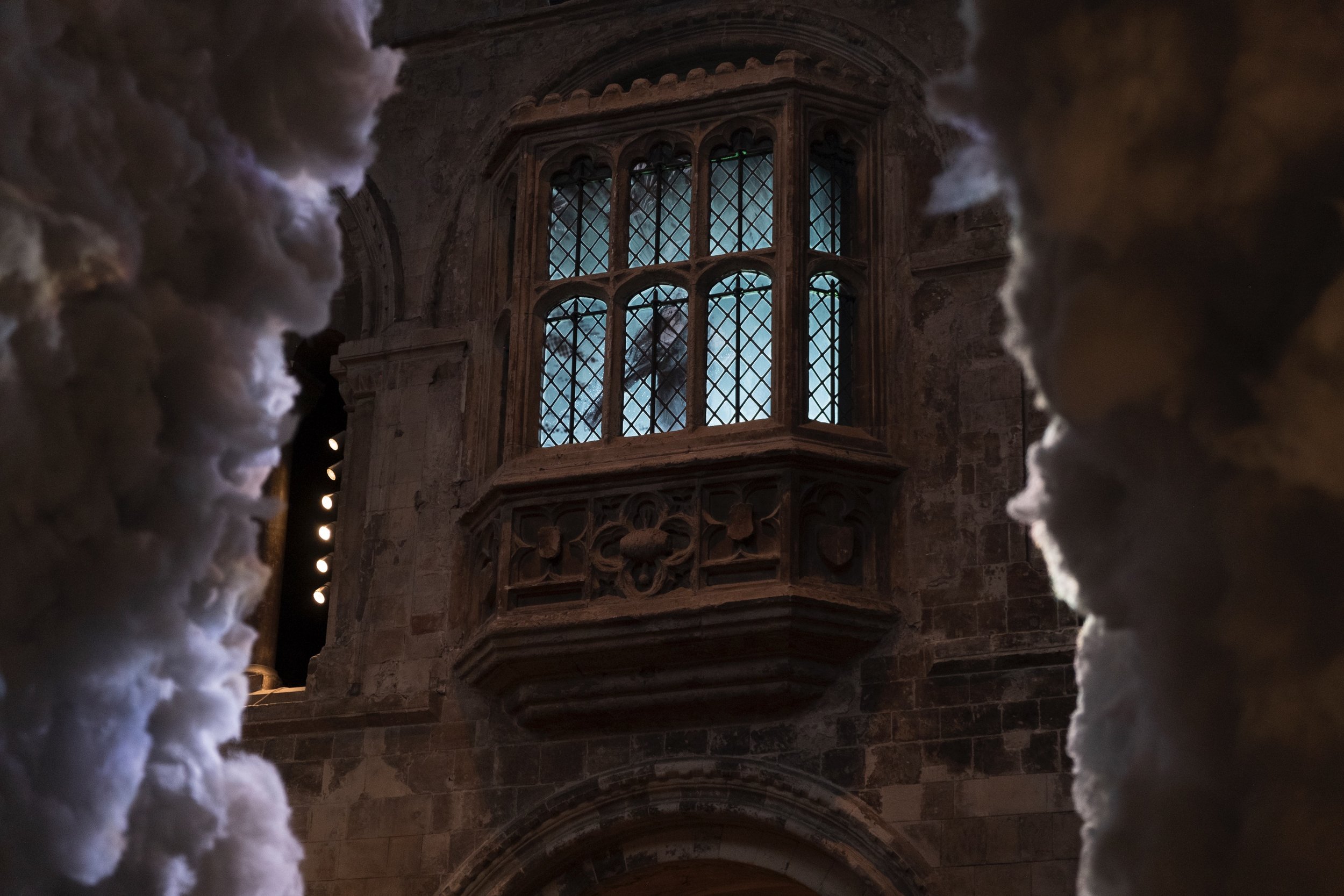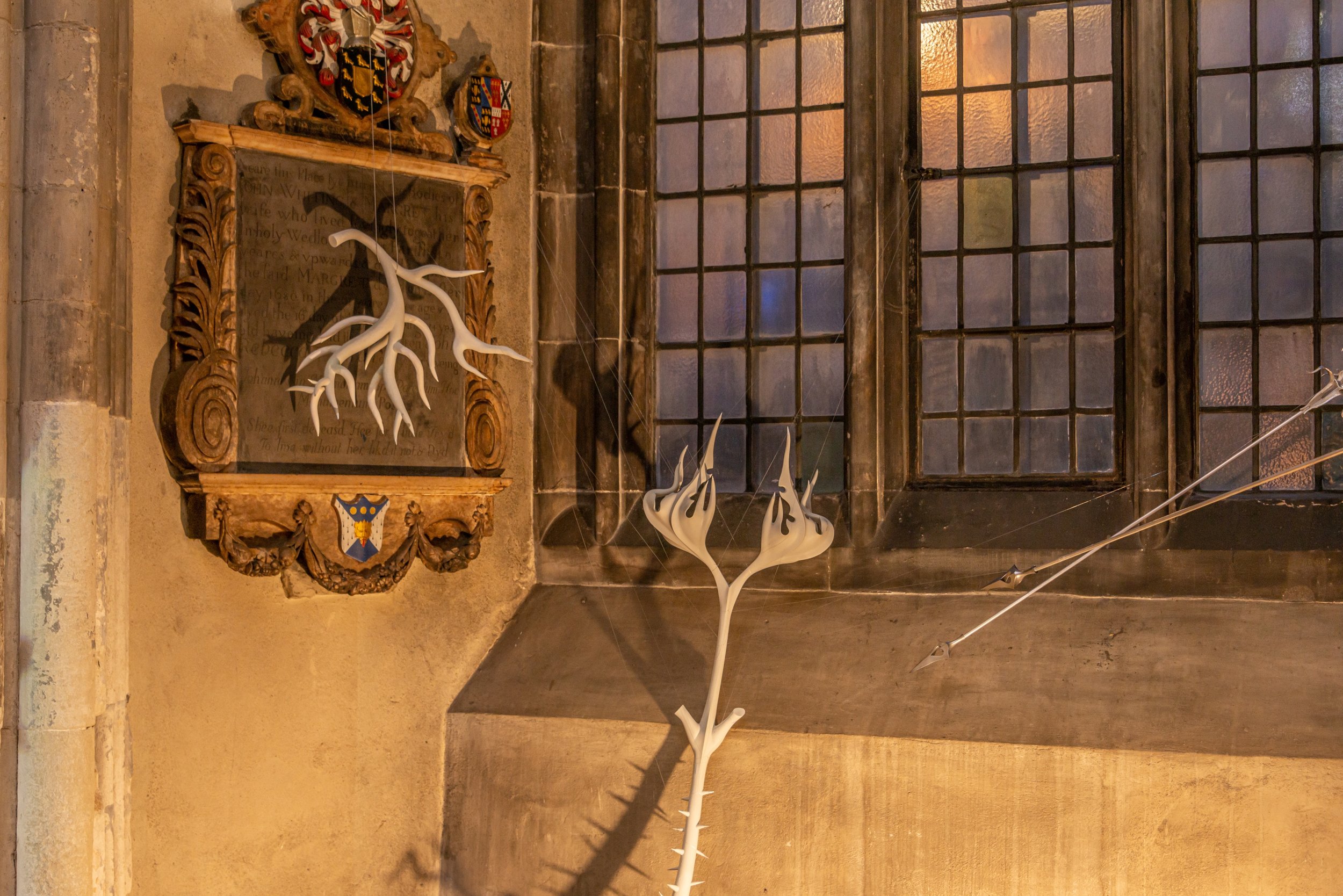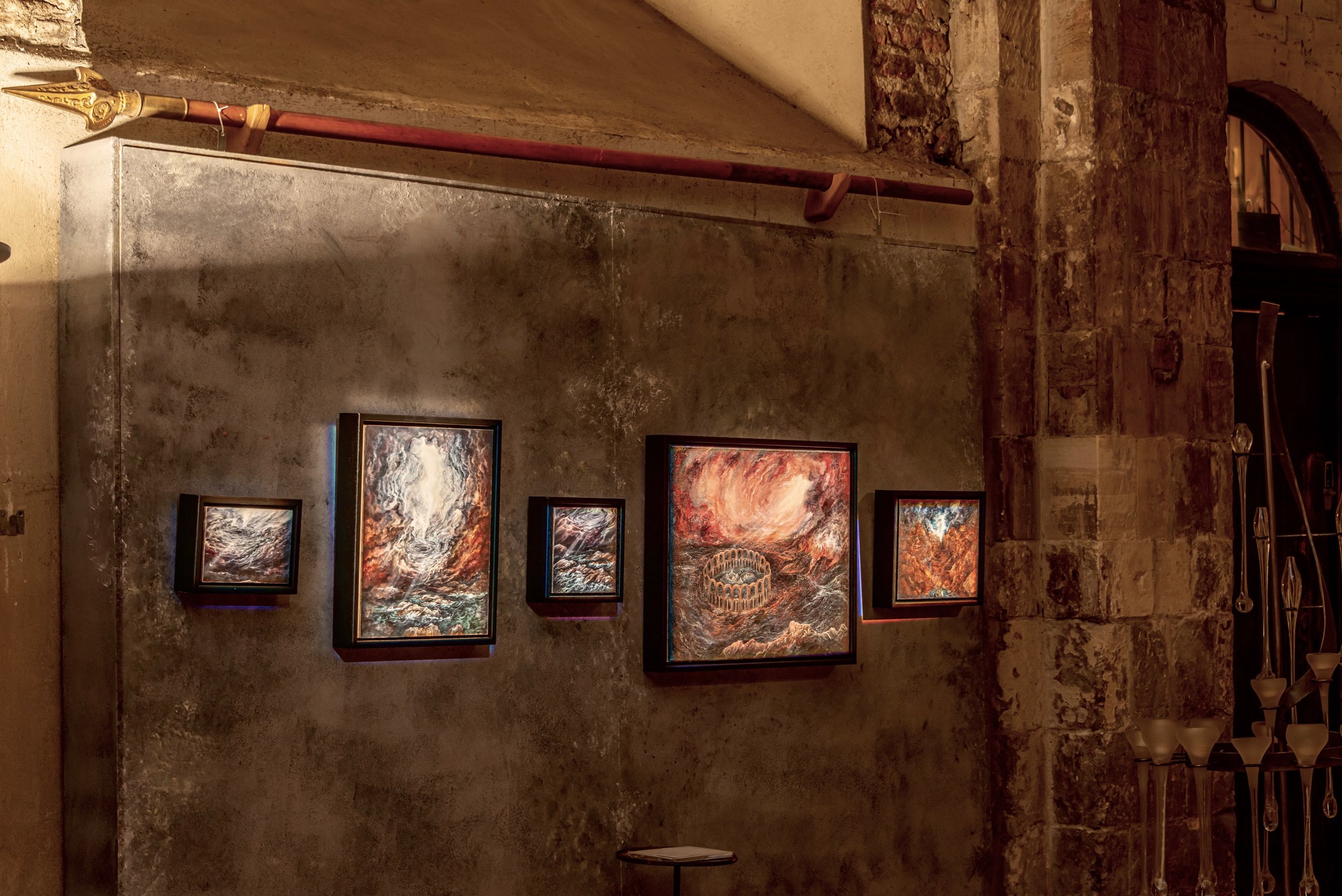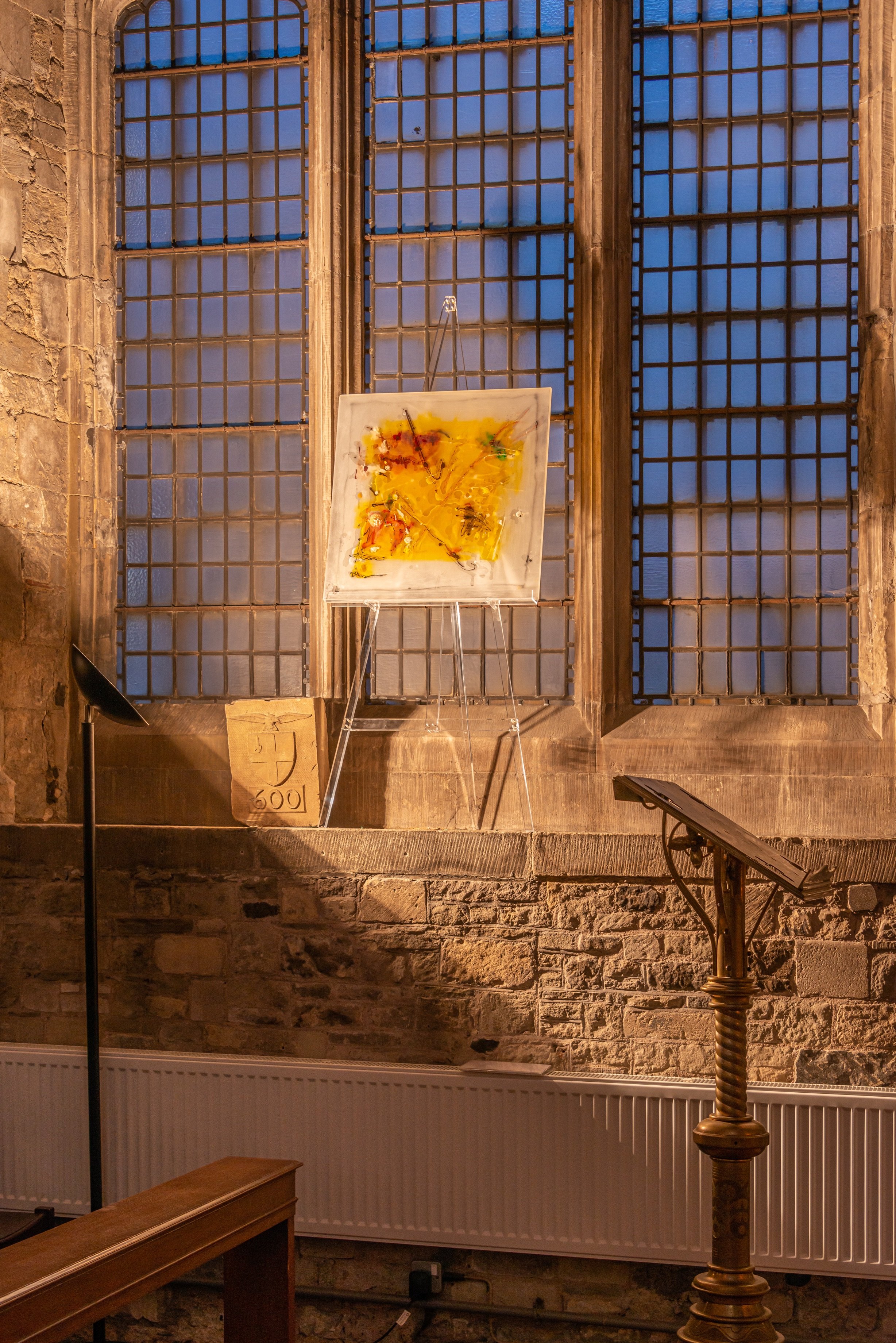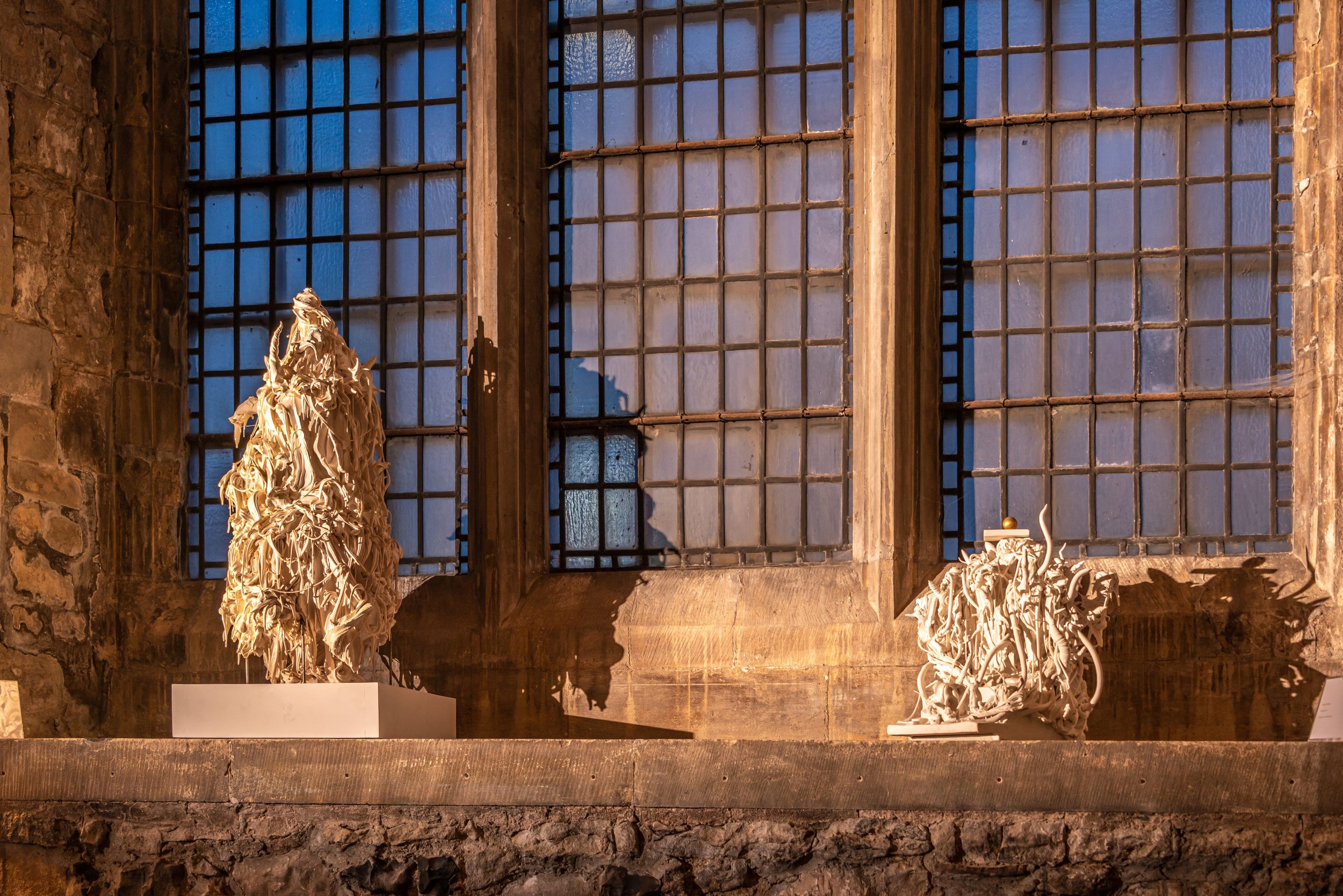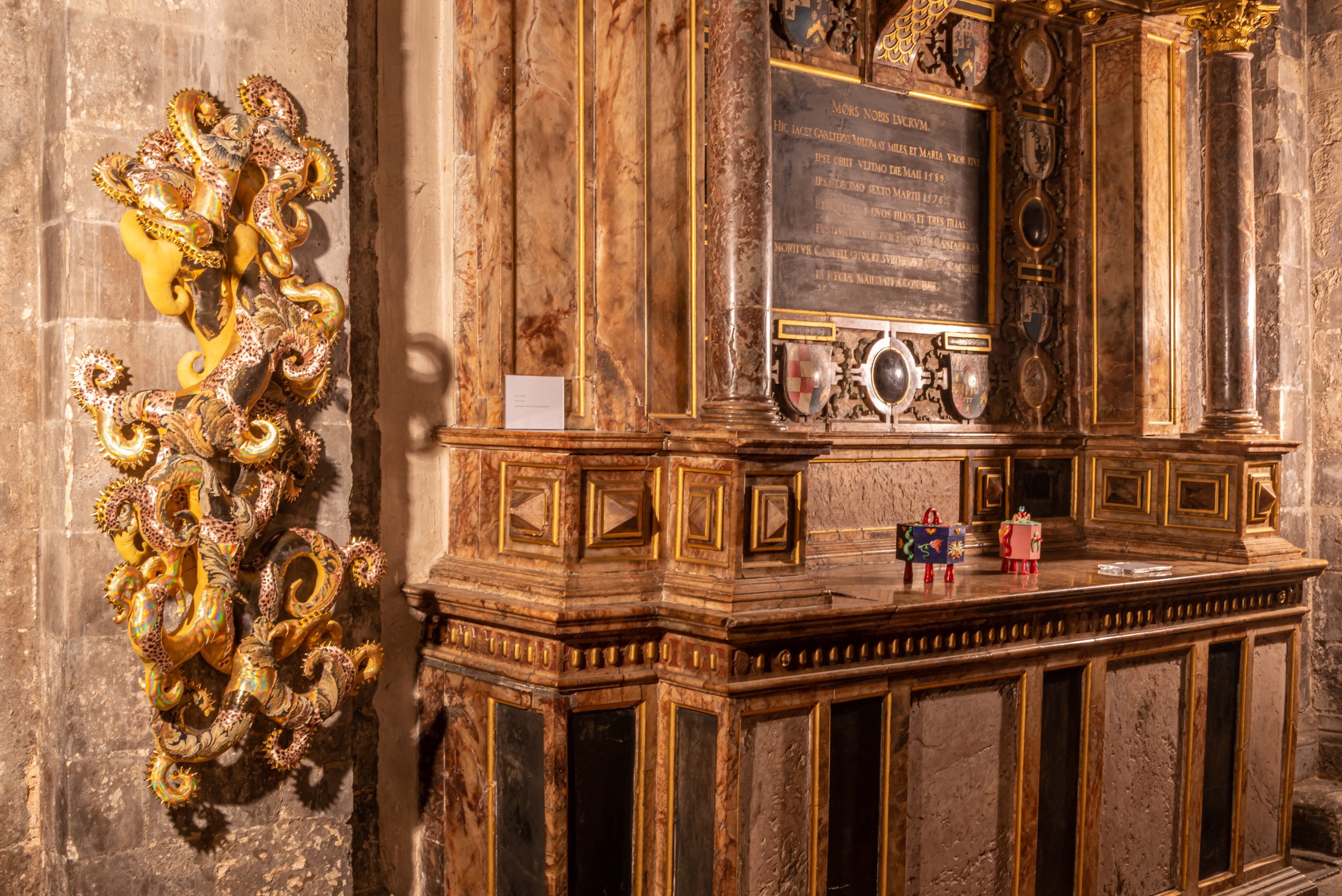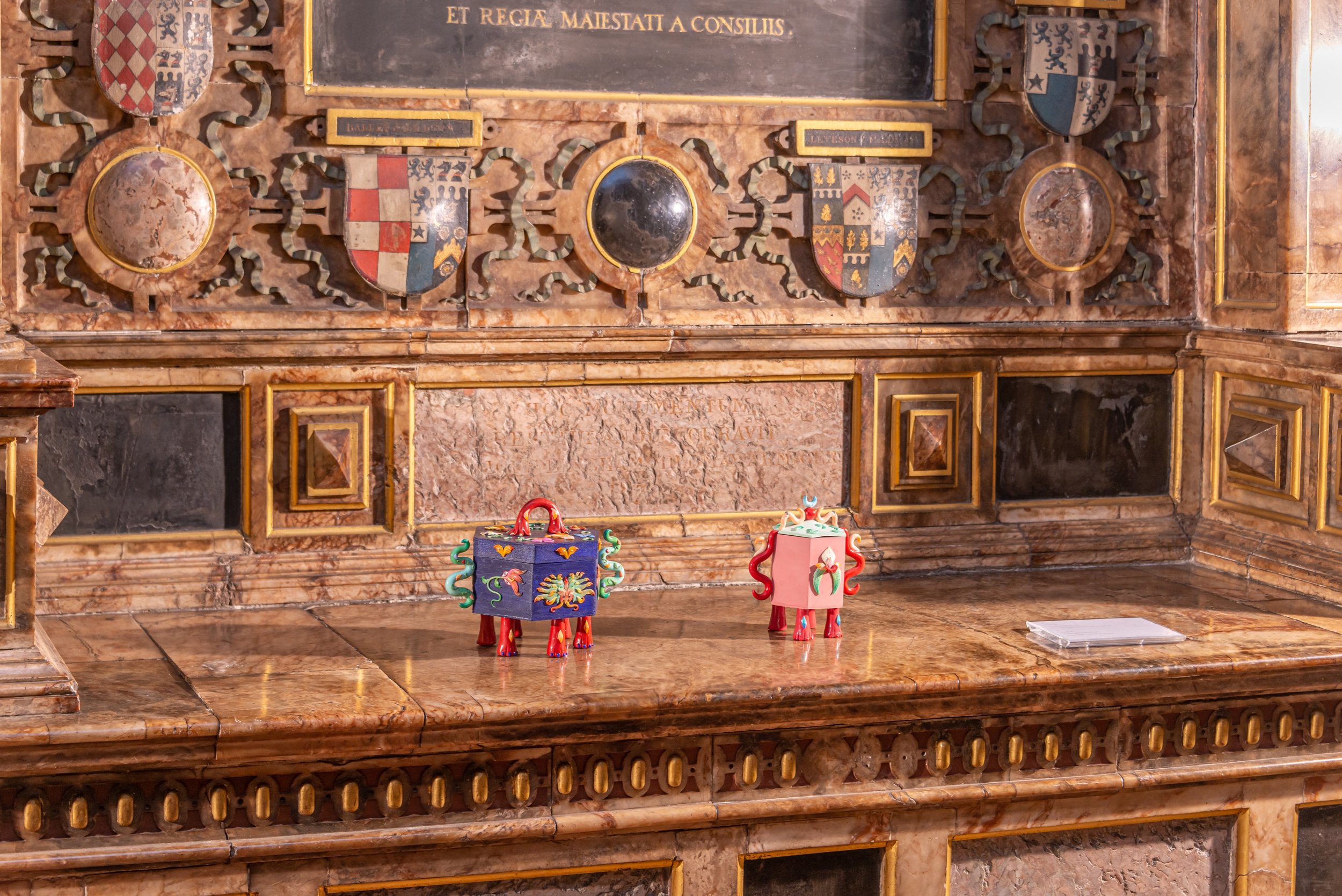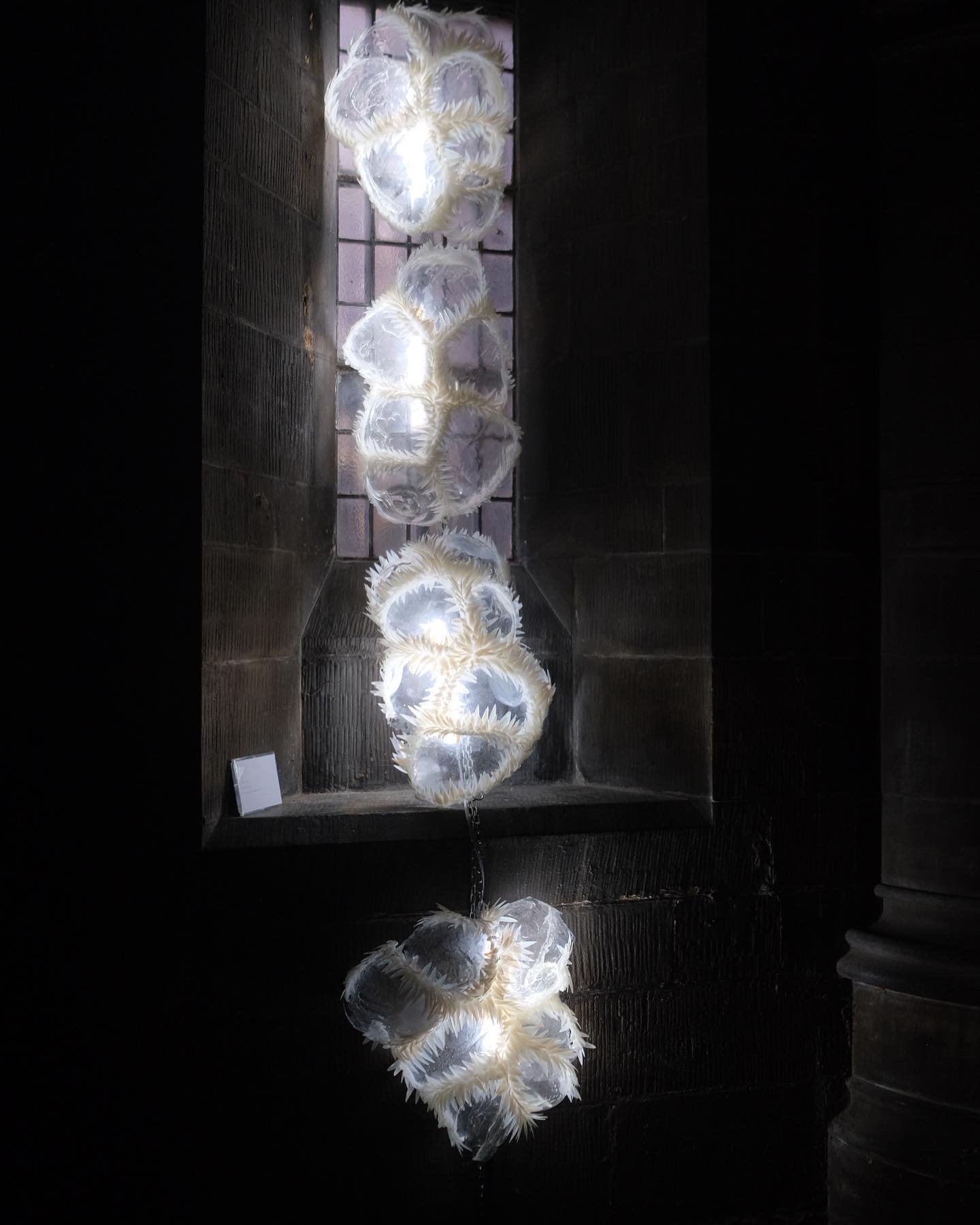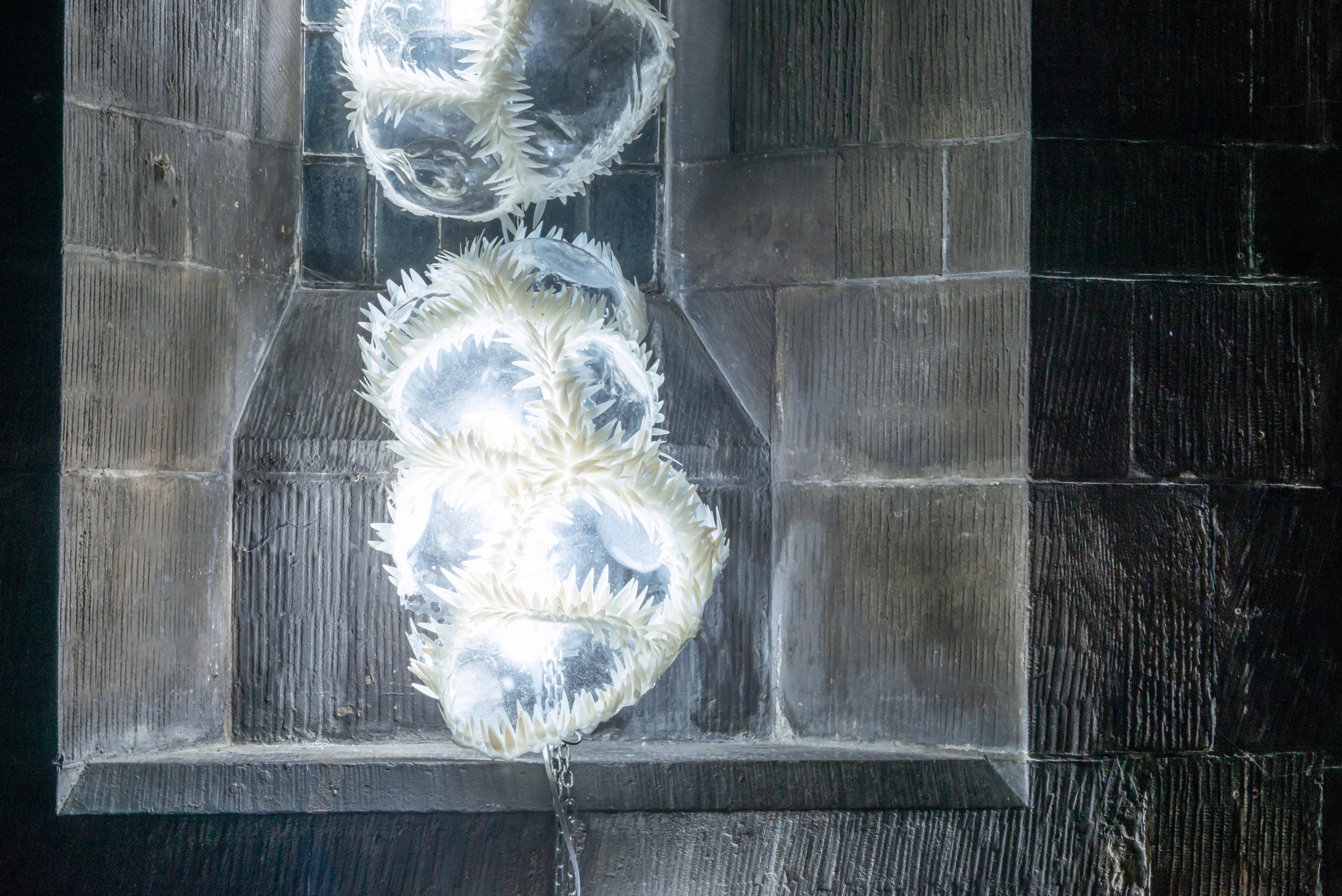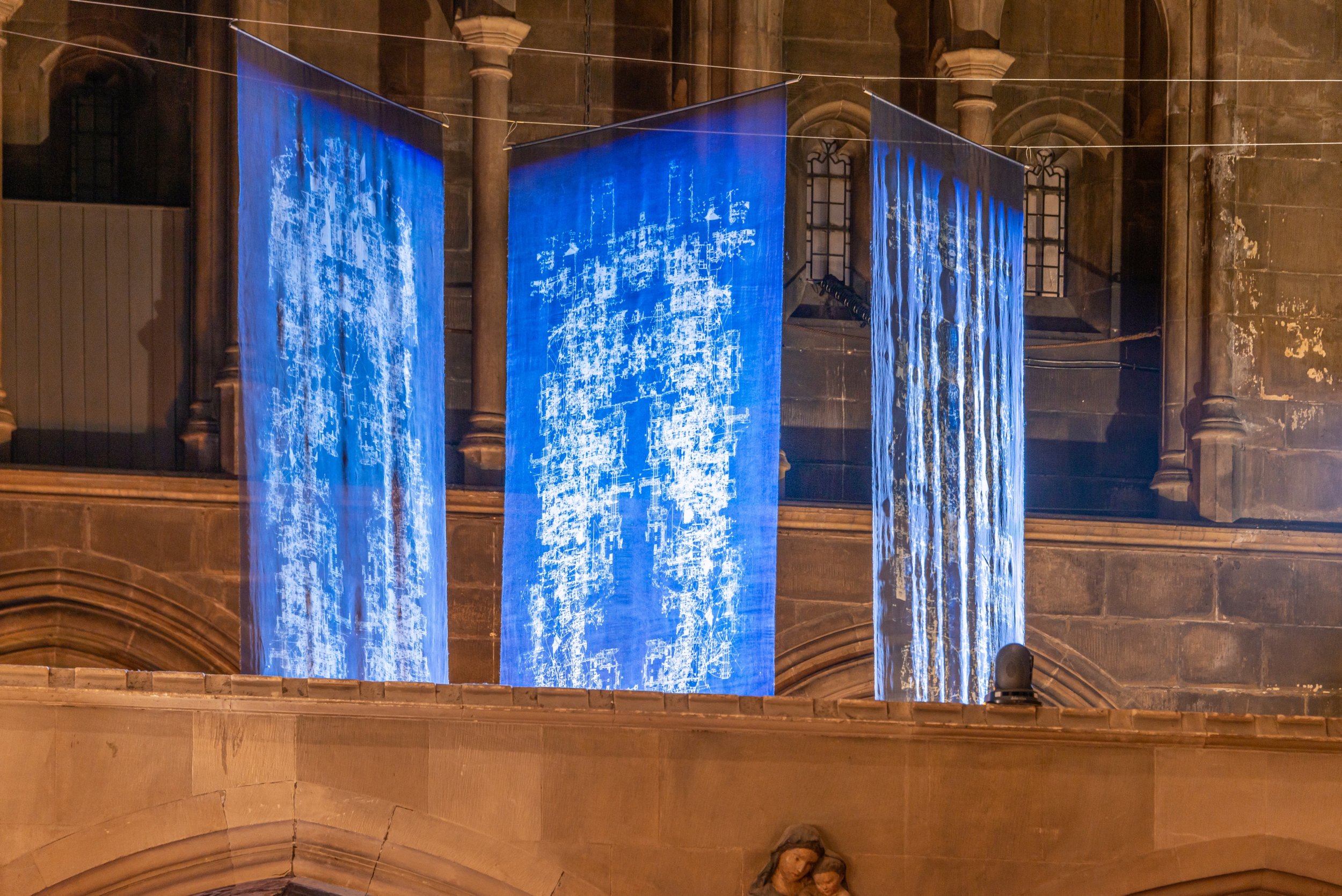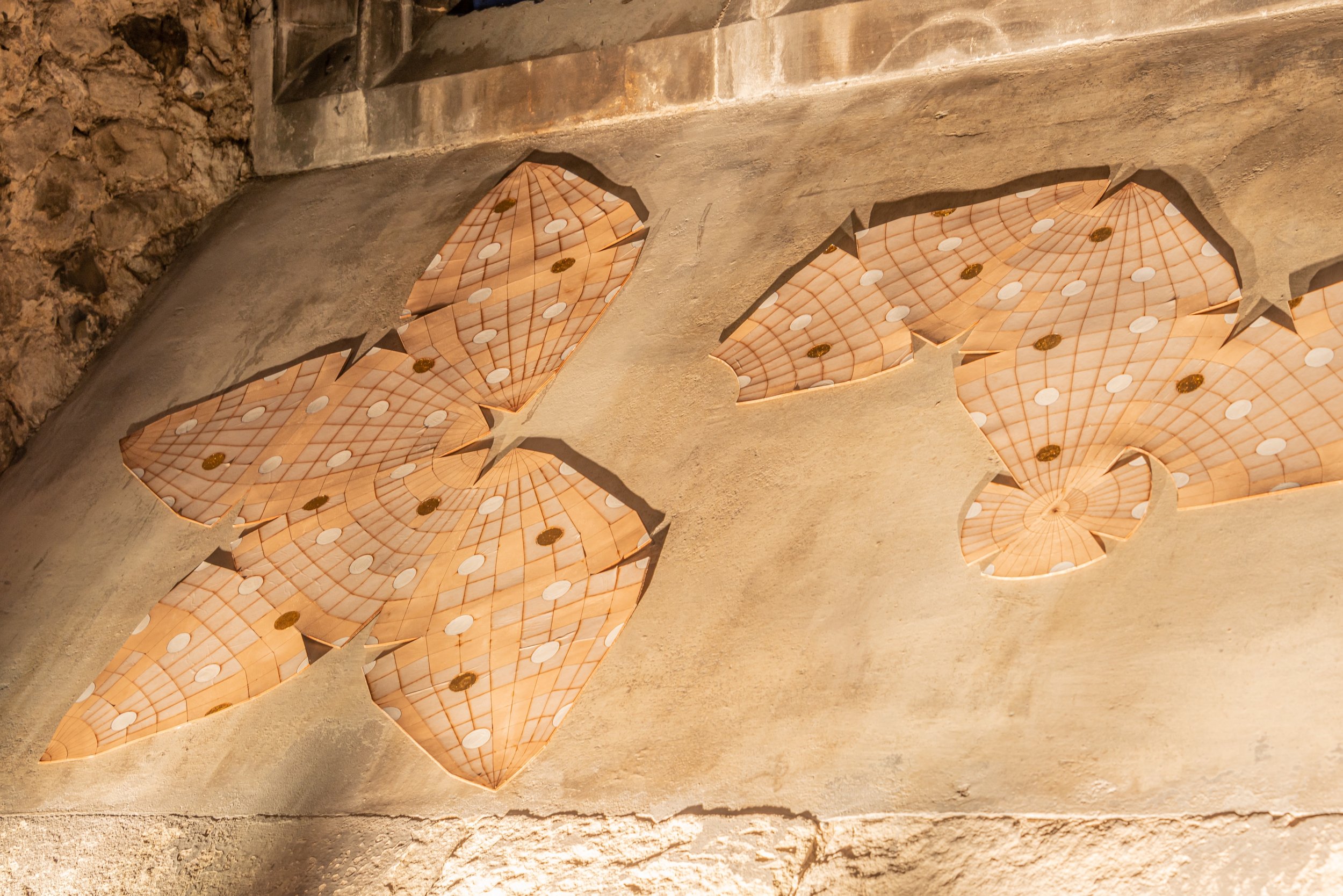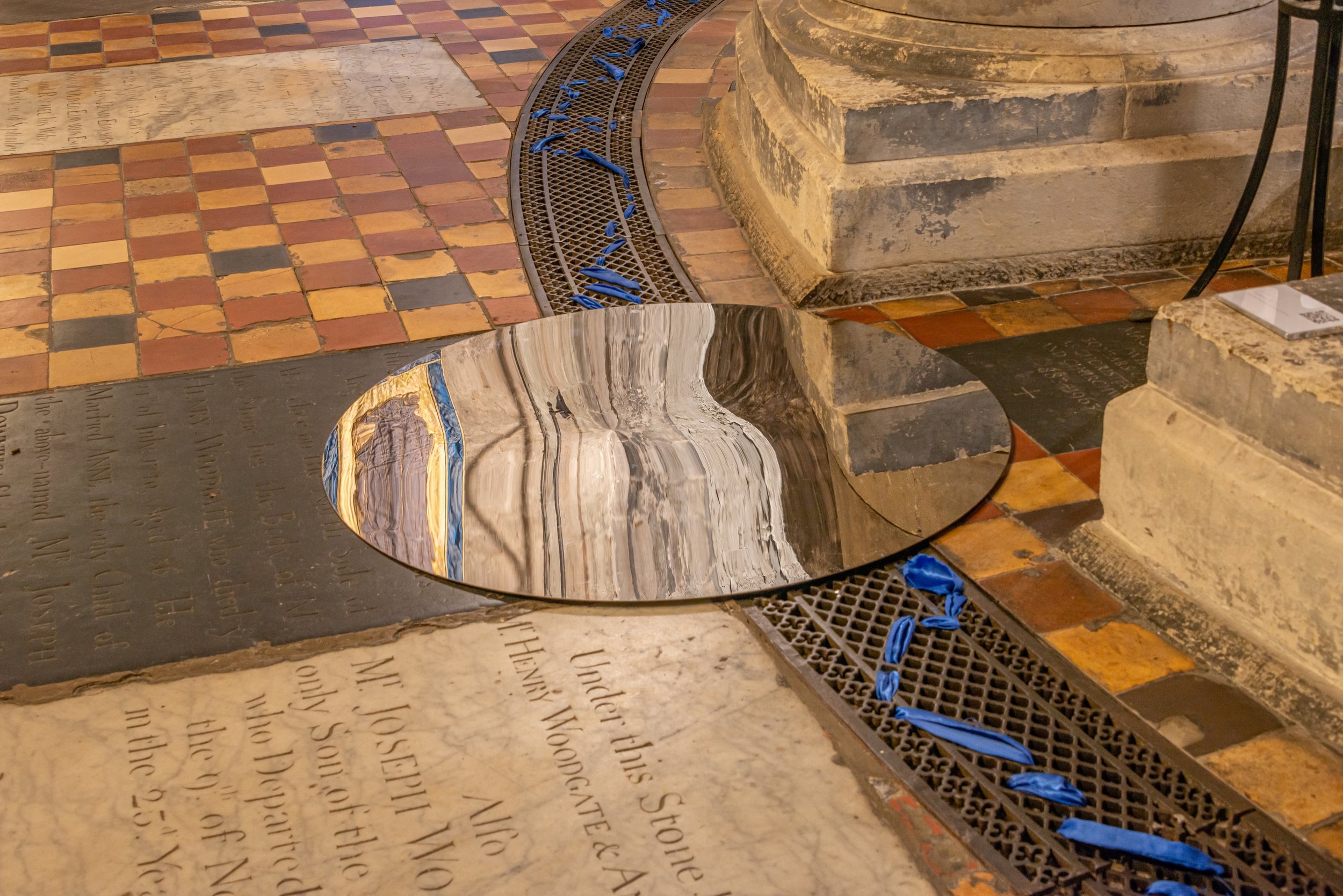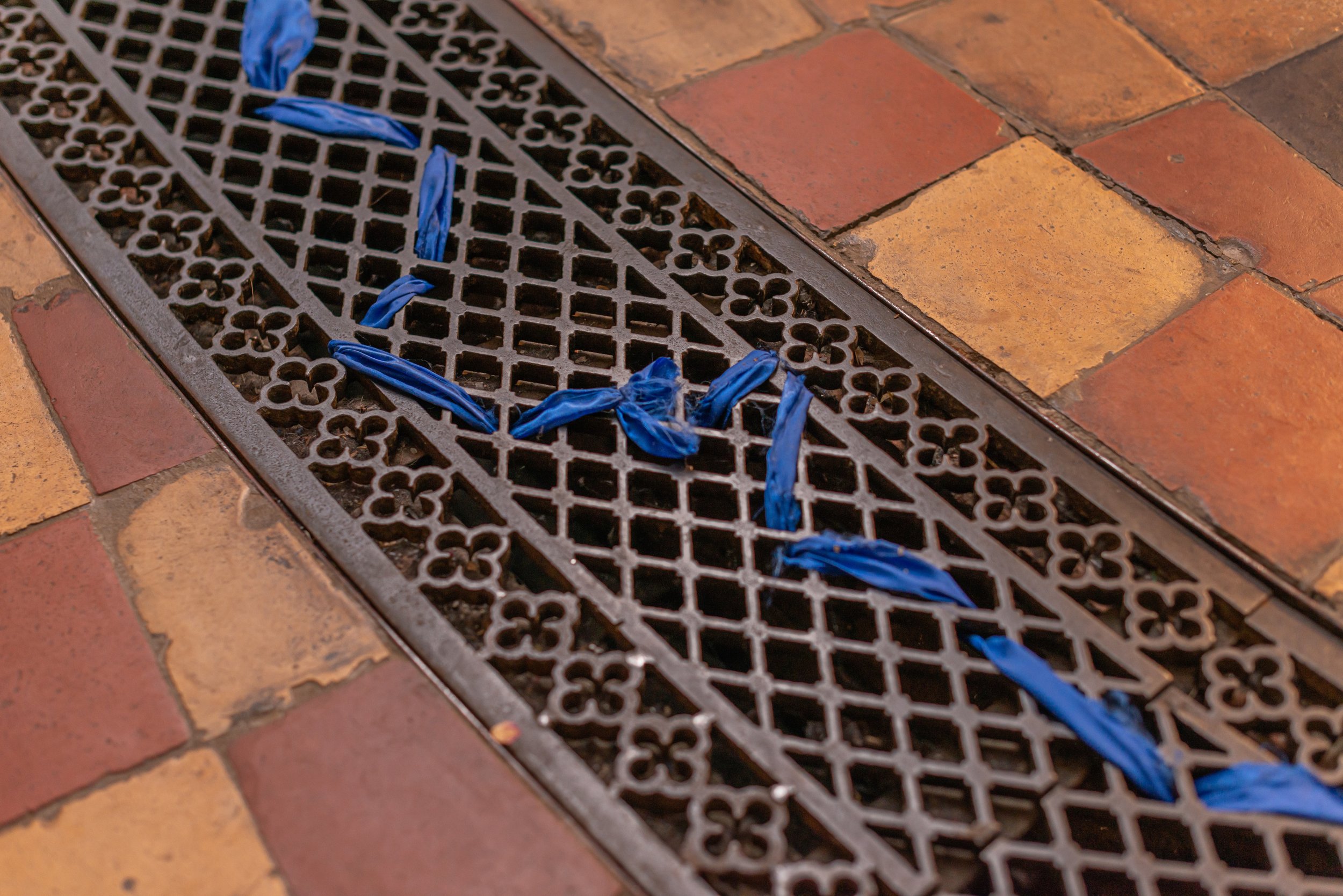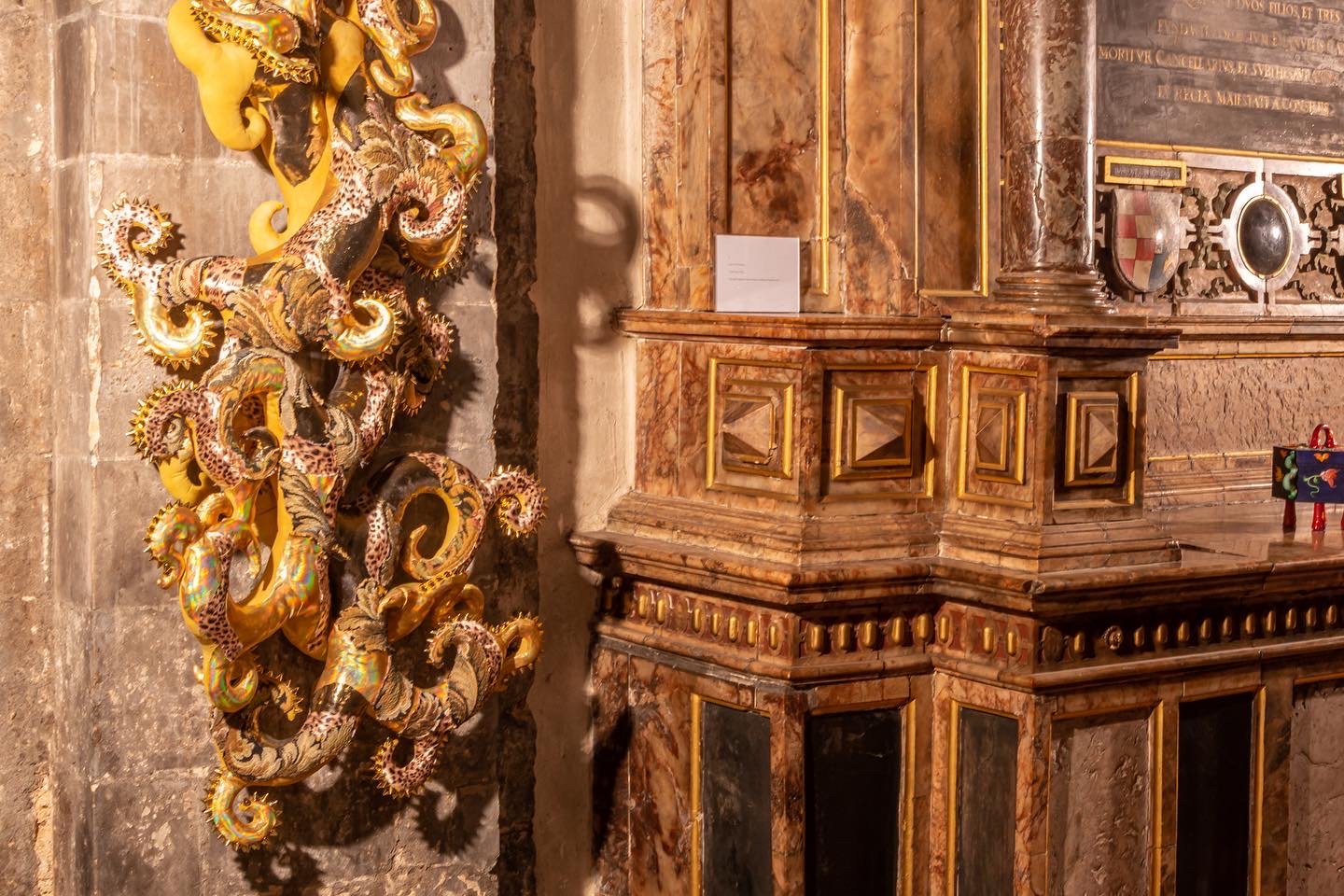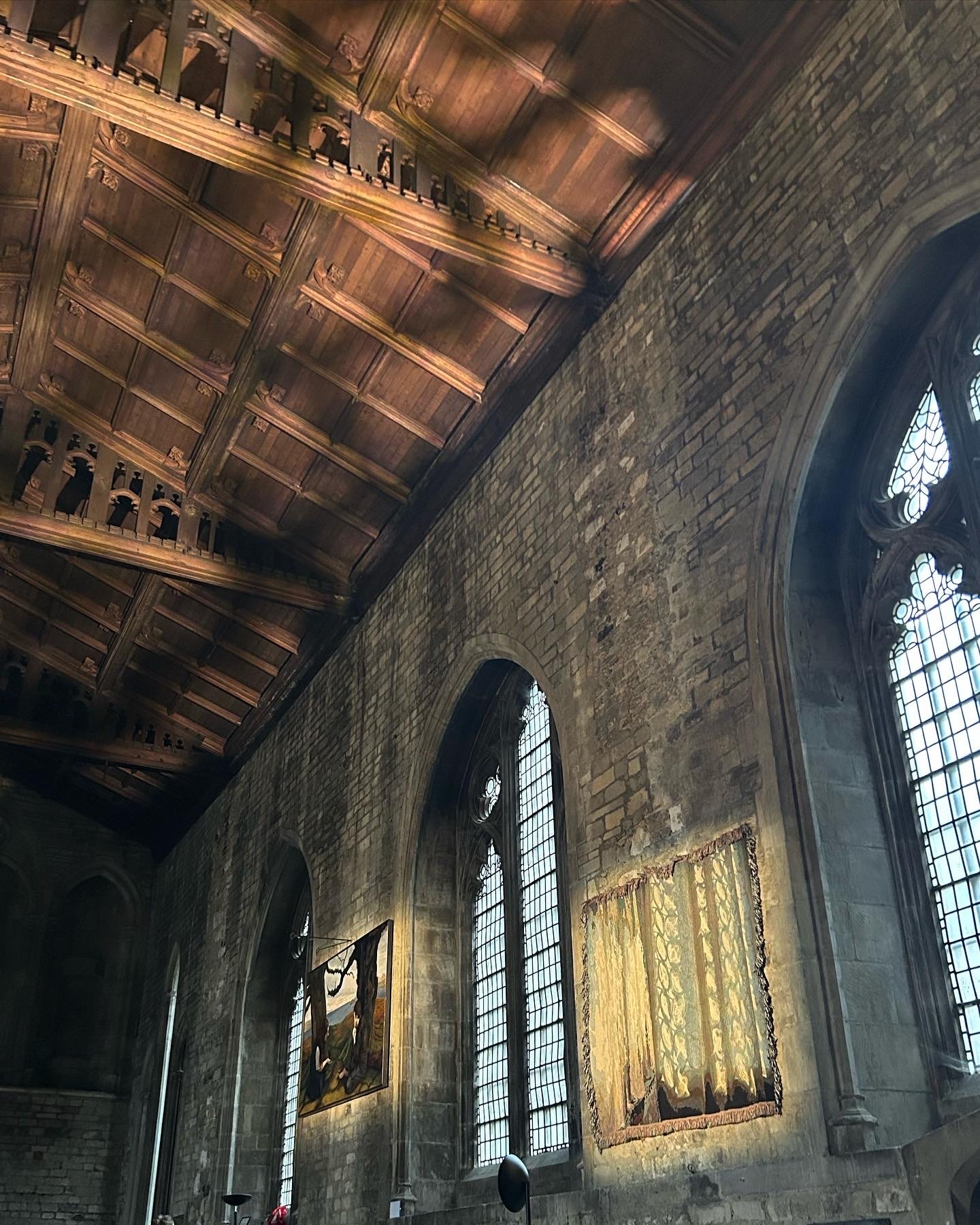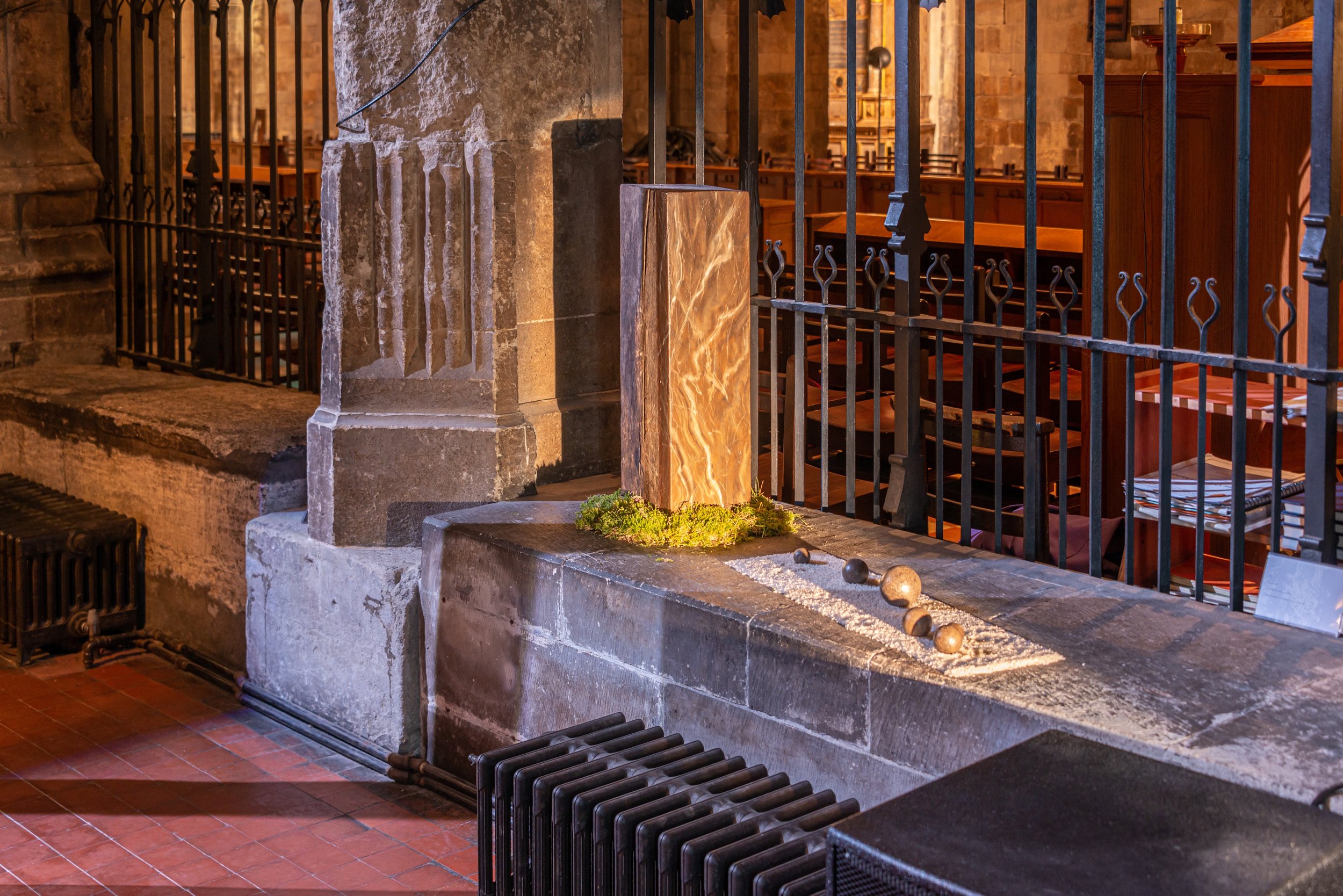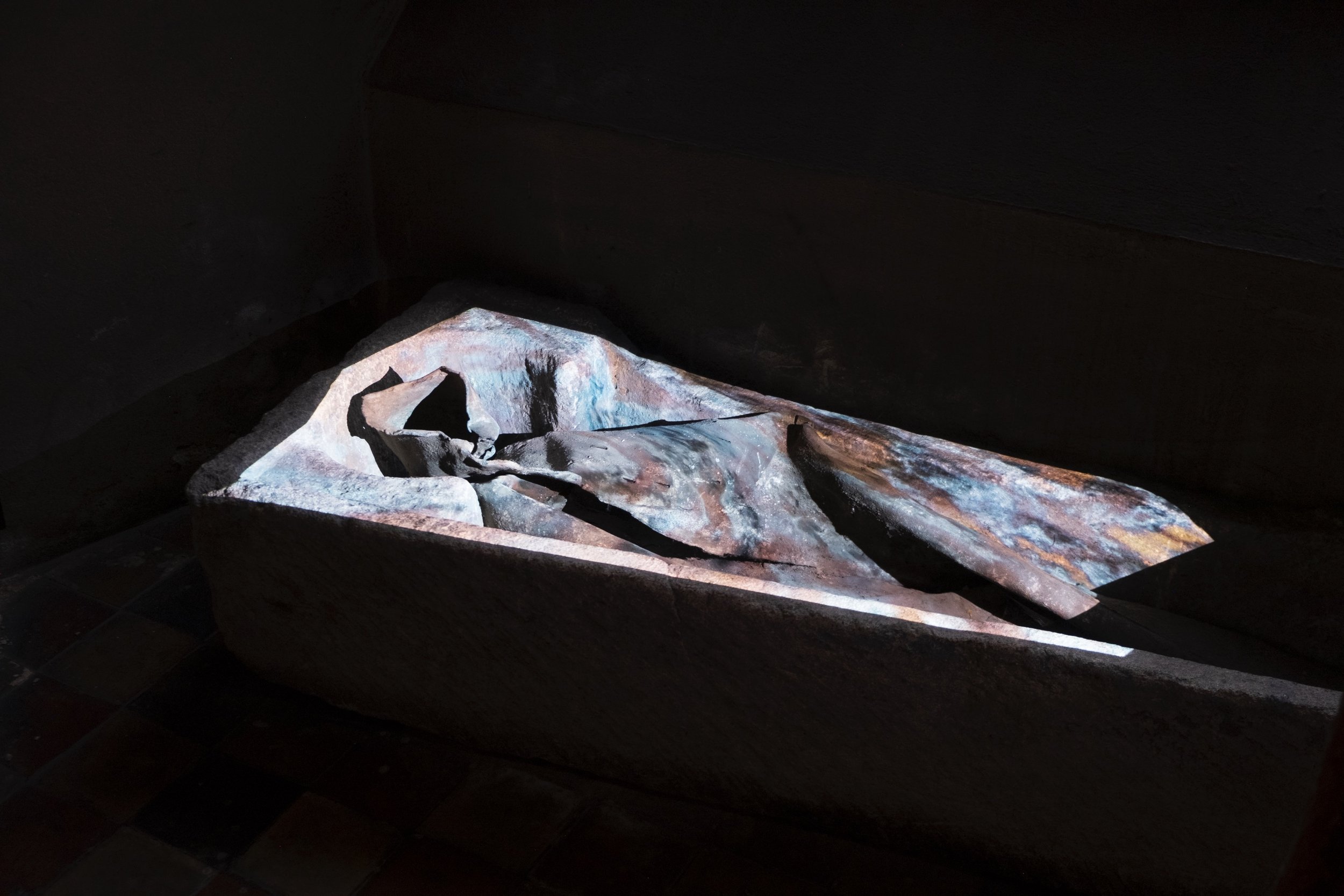ELEVEN TWENTY THREE
A 900th Anniversary Exhibition
About the Show
On the 20th of April, 2023, Elena Unger and Heidi Pearce will bring together over twenty emerging and established contemporary artists to present an immersive, multi-sensorial art exhibition entitled Eleven Twenty Three at St Bartholomew the Great. This exhibition will be the first of its kind in this ancient, highly significant, and active Church on its momentous 900th birthday. The exhibition comprises over twenty-five artistic interventions from a multitude of different disciplines and mediums, including sculpture, sound, painting, textiles, aromatic work, and more. The show will explore and reveal the unique configuration of space, sound, and liturgy in St Bartholomew’s and its effect on one’s perception of time and history. Eleven Twenty Three will articulate the feeling visitors often describe when stepping into St Bartholomew’s; that of feeling hyper-aware of its historicity and simultaneously feeling as though they have stepped outside of time. The exhibition will endeavour to show St Bartholomew’s as it is to those who have come to know it. It is a place with an instantly identifiable essence, with walls that pulse with life, listen, and watch. It will show a place that exudes a quiet dignity, wearing the presence of millions of parishioners and visitors over 900 years like a patina. This exhibition will bring new contemporary artistic impressions and perspectives to bare upon this sacred and enigmatic space, to both add to its legacy and to add some polish for the future.
Important dates: Press Breakfast 9:00 AM, 20th April, 2023
Private view, 7:00 PM, 20th April, 2023
Church Opening Times: Monday – Saturday 10am- 5pm, Sunday 12am-5pm
Curatorial Statement
Time has stripped the original form of Saint Bartholomew’s, once a bustling complex, down to its essential form. What stands now is a stark Norman cruciform, grafted together by other historical styles, a patchwork of fragments which together form an imposing, monolithic vision. The shape of Saint Bartholomew’s is a cross, but one which is bare and relatively unmoved by the ebbing and flowing of time and the world around it, though time has added to it kindly over the years. The cross footprint is apt because, as a symbol, a bare cross signifies the collapsing of a series of moments in history into one moment. The bare cross simultaneously implies birth, death, resurrection, and ascension and suspends all of those in one iconic image which transcends time and place.
Saint Bartholomew’s is a place thoroughly steeped in events and history, it collapses its own history and history itselfthrough the nearly ceaseless repetition of its liturgy over the past 900 years, which aims to unite temporality with the infinite. Saint Bartholomew’s, because of its state of exception as an unbroken liturgical space, as well as that of a historical space, stands at all times outside of time and yet firmly within it.
Responding to a space like St Bartholomew’s artistically is inherently difficult. It is a building with an instantly identifiable essence. The walls seem to pulse with life, listen, and watch. It exudes a quiet dignity, wearing the presence of millions of parishioners and visitors over 900 years like a patina.
Saint Bartholomew’s is also an uncompromising space which often overwhelms artwork. Thus, any art placed within the space needs to respond to the building with authenticity and sensitivity, or it risks sliding off the walls or being swallowed by its all-consuming form, not to mention its history. As curators, we have approached this by choosing artworks which work with St Bartholomew’s discerning walls, rather than against them.
Many of the works that we have selected were chosen because they echo the diagrammatic structure of the Church, purpose built as a vessel for liturgy. These works do not, however, echo the Church through the mere representation of religious images or ideas as art in religious contexts often does. Instead, we have chosen artworks that “participate” in the unique temporality and spatiality of the space itself. Just as the Church itself brings the infinite into the experience of finite time and space, many of the artworks we have chosen aspire to do the same.
Other works in this exhibition take a different approach. St Bartholomew’s walls, though uncompromising, are also porous. They allow the outside world to permeate in and become a part of the fabric of the place. While visitors at St Bartholomew’s often describe feeling as though they have stepped beyond time itself, they also feeling the immense weight of time and the often cacophonous layering of presence, and past made present. The artworks that respond to this aspect of St Bartholomew’s are interventions that show the interaction between the building, the outside world, and other histories. This kind of artwork will add to the patina of human presence within the space.

